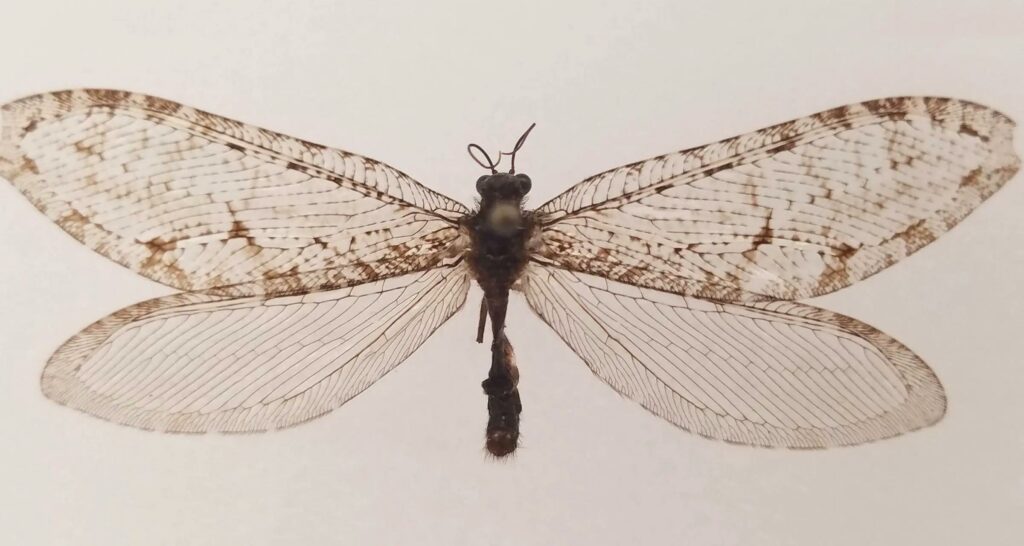A recent historical discovery has sent shockwaves throughout the scientific community: a giant Jurassic-era insect preserved in amber, recently unearthed at an Arkansas Walmart. A baffling relic of bygone ages, its presence in the Ozarks has opened up a new window into nature’s diverse bio-diversity and has set a record for one of the oldest finds of its kind. In this article, we’ll explore how this discovery has uncovered new facts about ancient history and its significance for future research. Additionally, we’ll look at the environmental implications of uncovering such a long-lost species and the importance of preserving these ancient creatures for future generations.

Uncovering a 50-Year Old Relic
A recent discovery of what is now thought to be a giant lacewing in Arkansas’ Walmart facade has made history. The specimen had been unconsciously hiding – or rather ‘recovering’ – for over 50 years. It was first found by Michael Skvarla, the director of the Insect Identification Lab of Pennsylvania State University, yet it wasn’t until he began teaching an online course based around his collection in 2020 that the true identity of the species was confirmed. His research team then performed molecular DNA analyses to confirm its true identity and the specimen has since been deposited in the Frost Entomological Museum at Penn State.
The discovery of this Jurassic-era insect species points to some interesting and important ecological questions, such as whether relic populations still exist and if this particular species of insect can survive in modern environments. Students of Penn State’s entomology class observed the discovery in progress with their microscopes via Zoom during the pandemic, giving them a rare opportunity to witness such a significant find.
The researchers are hopeful that further analysis of the specimens will provide additional insight into this relic species, including information on its habitat requirements, evolutionary trends and geographical distribution. Further study may also investigate how human activity and climate changes are influencing the extinction and conservation of insect species, particularly those from an age before humans existed. Such studies could provide new insights into how well certain ancient species can survive in modern times, as well as how likely similar discoveries may be made in other areas.
Uncovering Nature’s Biodiversity in the Ozarks
The recent discovery of this giant lacewing in Fayetteville, Arkansas presents a larger story about biodiversity conservation and the effects of changing environments. Scientists hypothesize that the insect’s disappearance could be due to the urbanization of the area, frequent wildfires, non-native predators, and earthworms.
Entomology has been used as a leading indicator of ecology, and while the effects of climate change and human influence have caused many species to go extinct, the possibility of a recovery is still on the table. In fact, the Fayetteville specimen may represent a rare surviving eastern population that has evaded detection and extinction thus far.
Fayetteville happens to lie within the Ozark Mountains, which are suspected to be a biodiversity hotspot. The mountains provide optimal climate conditions for not only butterflies and moths but also native ants, bees and dragonflies. These species have managed to survive environmental changes despite reported losses elsewhere in the United States.
As researchers continue to study the newly discovered giant lacewing, they hope to gain further insight into whether it is a unique survival story or simply reintroduced after thousands of years away from its usual habitat. If it turns out to be a case of recovery rather than discovery, then there may be more of these species tucked away in areas where their presence was previously unrecorded.
The discovery of the giant Jurassic-era insect at the Arkansas Walmart is an unprecedented find that will remain etched in history. Not only has it set a historic record, but it has also opened our eyes to the immense biodiversity and ancient origins of the Ozarks. This discovery serves as a reminder to never underestimate the hidden wonders that lay beneath our feet.


